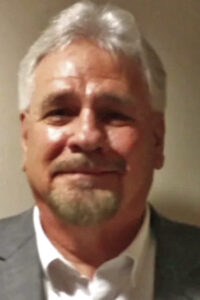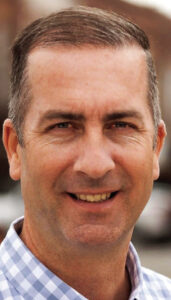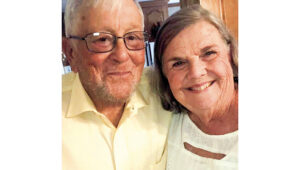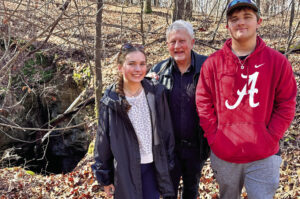$4M paving project nears completion
RUSSELLVILLE — The city is in the process of completing what is likely its largest ever street paving project.
District 1 City Councilman David Palmer, who is the former Franklin County engineer, said the project will add new pavement to 42.34 miles of the 102 miles of streets the city is responsible for maintaining.
“This will be the largest one ever, I presume,” Palmer said. “I will tell you that I have been doing this kind of work for 40 years and I have never been a part of anything even close to the magnitude of this project. It took a lot of effort by a lot of people for this to happen.”
Palmer said the city is utilizing five different funding sources to pay for the roughly $4 million paving project — the city’s general fund, Rebuild Alabama gas tax revenue, revenue from the city’s 4-cent gas tax, the city’s 2019 Capital Improvement Fund, and its Street Maintenance Fund.
Palmer said city workers have completed 31.33 miles of resurfacing while the contractor has completed 5.61 miles.
As September came to an end, City Clerk Belinda Miller said more than $3 million has been spent:
• 4 cent Gas Tax Fund — $432,515.28
• Street Maintenance Fund — $758,986.33
• 2019 Capital Improvement Fund — $921,488.51
• Rebuild Alabama Gas Tax Fund — $365,426.99
• General Fund — $542,619.20 Palmer said the city has been allowing its Rebuild Alabama tax revenue to grow each year.
“We’ve done some maintenance work during that time, but we didn’t use that money,” he said.
Mayor David Grissom said the project has been in the works for several years.
“It took a lot of planning and a lot of resources from a lot of different places,” he said.
The city purchased paving equipment that is operated by Street Department employees.
CONTRIBUTED DAN BUSEY
A road roller compacts fresh asphalt Sept. 22 along Parks Drive in the Hester Heights community in Russellville.
Working with contractor Grayson Carter and Son of Athens, the city was able to purchase more asphalt, which reduced the per ton cost.
“We didn’t want to do just one street,” Grissom said. “We wanted to maximize it when we did it.”
Using a system Palmer helped develop, streets were prioritized based on their conditions, traffic counts, and the number of residences and businesses that would be impacted by the improvements.
“It’s great for the city, great for our people,” Grissom said. “People love to see roads being paved. Anytime you improve infrastructure it’s a good thing for our city.”











